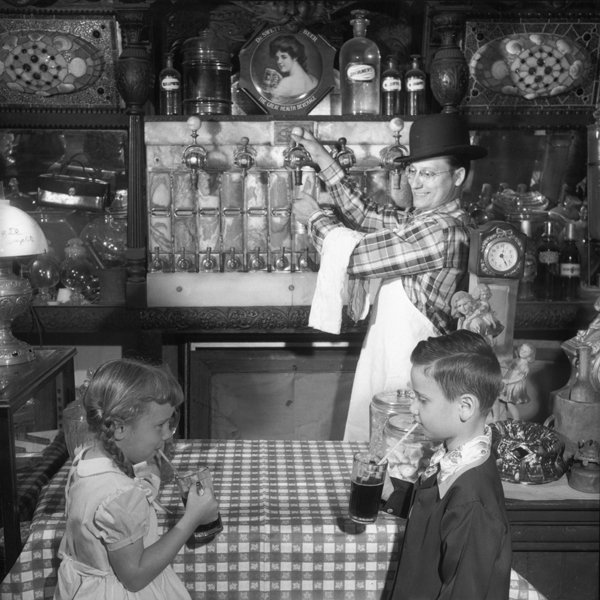Root beer is a fun American favorite fountain drink, in its versatility as a beverage that is appealing to both children and adults, in a casual setting. One of the reasons root beer is generally limited to the American market are the natural ingredients that make up the drink, including the root of sassafras plant that was used originally by the Native Americans for similar purposes. This root creates a syrupy substance that then can be watered down or carbonated (in modern times) to create the sweet drink that we know and love today. The drink became especially popular during the 1920’s under the period of Prohibition, because it provided a non-alcoholic alternative to a pint of beer, and was actually marketed as such as early as the late 19th century.
In recent years, the use of artificial replacements for the sassafras root technically makes root beer more accessible to the global public, but there is something about its taste and properties, making it a sort of “beer for kids” that keep it from being as popular in the world market. Additionally, in response to the commercialization of the process by big root beer companies, small breweries have opened (much like trendy beer breweries) in order to create artisan forms of the soda using organic and experimental ingredients, including a wide variety of flavorful spices.

If you have the chance, take the opportunity to try both traditional and commercial root beer, the classic American drink, accompanied by a slice of pizza, a hamburger, or even just to enjoy on a warm summer’s evening.

